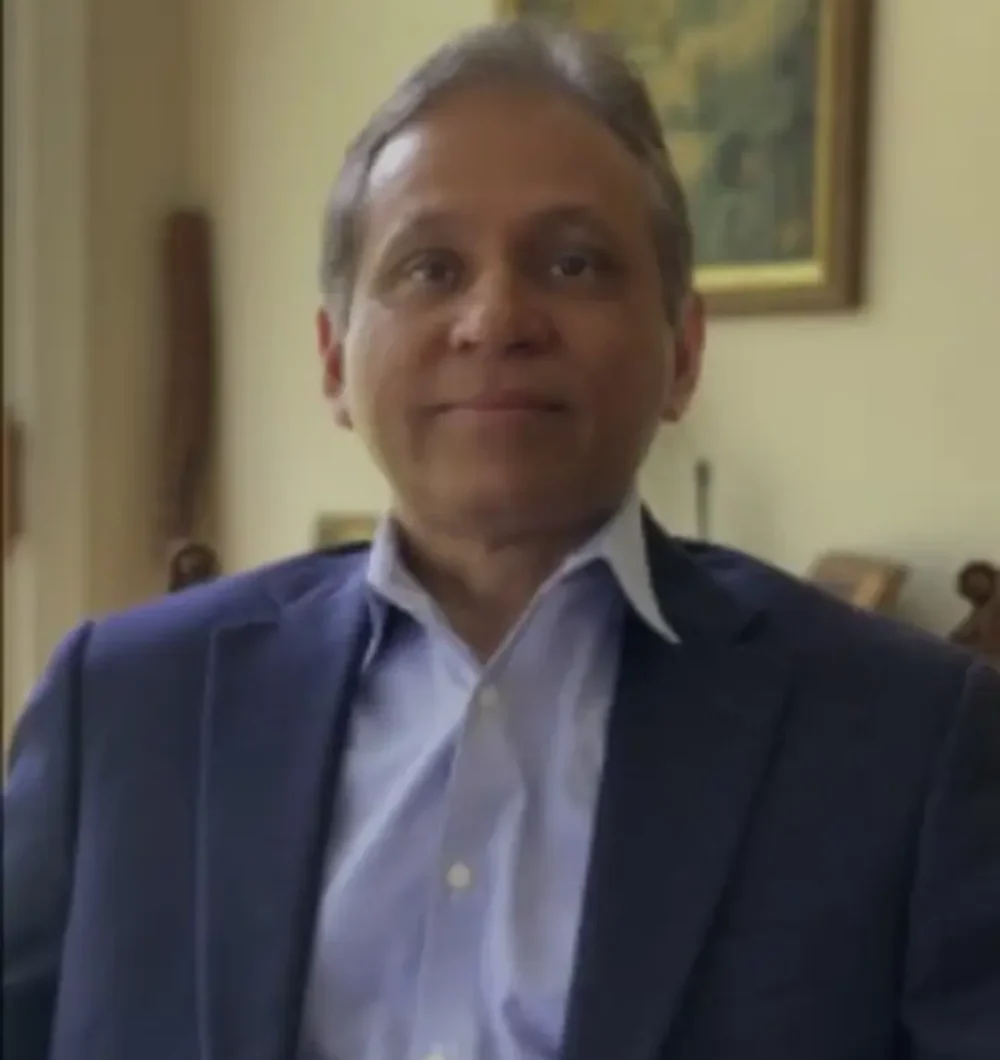

27 Division St, New York, NY 10002, USA
Our expertise, as well as our passion for web design, sets us apart from other agencies.

I grew up in Sindhekela, a small village in Orissa, India. My mother, who couldn’t read or write, used to say, “A king is worshipped in his kingdom. A poet is respected everywhere.” Inspired, I dreamed of being a poet. But I almost didn’t attend college—until my aunt helped me financially.
Later, I studied in Sambalpur, and eventually pursued higher education in the U.S. I crossed two oceans with borrowed money and just $20 in my pocket. While studying economics, I worked part-time and sent money back home to support my family.
My story is not unique. Millions migrate every year, crossing oceans, deserts, and mountains, not for luxury, but for a basic dream—a decent job to support their families.
Today, 232 million people live outside their country of birth. Around 180 million from developing nations send money home. These are called remittances, and they totaled $413 billion last year—three times more than development aid.
This money goes directly to families and communities. It acts as insurance during hardship, flows steadily, and reaches people without government intervention.
In places like Nepal, poverty fell significantly thanks to remittances. In El Salvador, children drop out of school less. In Mexico and Sri Lanka, babies are born healthier in remittance-receiving families. These are dollars wrapped with care—used for food, healthcare, education, weddings, and sometimes, funerals.
But sending money isn’t easy. The global average cost is 8%, often higher in Africa—up to 20%. People pay $30 to send even small amounts. In countries like Venezuela, people receive only a fraction due to exchange controls. Worse, both developing and rich countries sometimes ban money transfers altogether.
Cheaper alternatives like M-Pesa in Kenya or U.S. Fed programs with Mexico exist, but fear of money laundering blocks wider use—even though there’s little evidence remittances are linked to such crimes. Banks even close accounts of services supporting places like Somalia, where remittances are a lifeline.
Exclusive deals between post offices and money transfer companies further drive up costs, denying people cheaper options.
What needs to change?
Our goal should be to cut remittance costs to 1%, saving $30 billion per year—more than the entire annual aid to Africa.
Another problem is recruitment fees. Migrants often pay thousands just to get a job. In Dubai, a Bangladeshi worker told me he was sending all his earnings to repay the agent who found him work—his family saw none of it. This is common and must stop.
We must also look beyond remittances to mobilize migrant savings—worth over $500 billion annually. If countries offered fair returns, migrants would invest in schools, hospitals, and infrastructure in their homelands—staying connected through purpose and patriotism.
Remittances empower people. They reduce poverty, support children’s futures, and allow migrants to give back. We must make them safer, cheaper, and easier.
As for me, after decades in the U.S., with a Venezuelan wife and American children, I feel like a global citizen. But I still send money back to India—to friends, to family, to my village. It keeps me connected. It reminds me of who I am. And yes, I’m still striving to be a poet—for the migrants who work hard and dream big.
